Python vs Java: Which Programming Language Is Better?
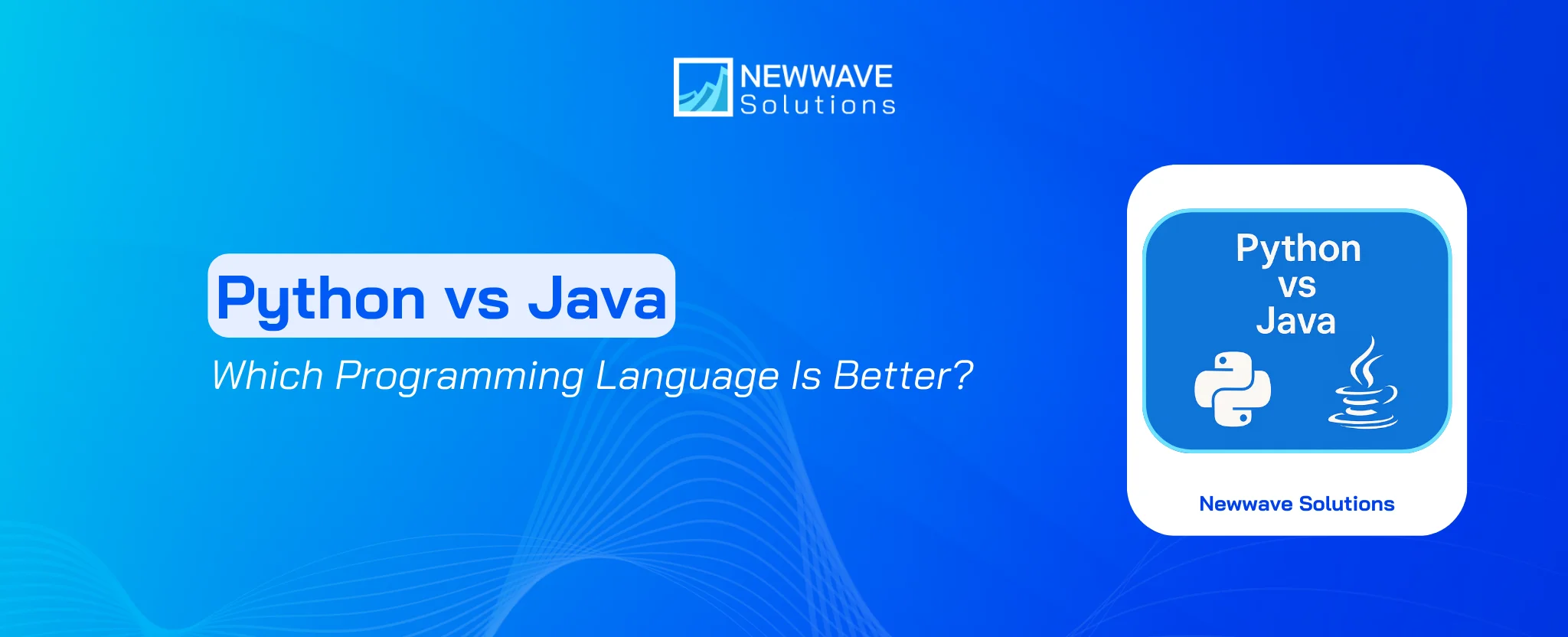
A programming language is vital to designing a software program; however, choosing a suitable one among various programming languages is often a difficult task. Nowadays, Java and Python are among the top-rated options for either newbies or experienced developers for software development. Both Python and Java have been constantly improved to provide the best solutions for developers, yet certain microscopic features differentiate them.
In fact, Java and Python have been at war for the first position for a long time, but the real question is: “Which is better: Python or Java?”. To help you decide between Java and Python, this article will make a comprehensive comparison of their applications and features.
Python vs Java: What are they?
Python
Python is a high-level, interpreted programming language originally created by Guido van Rossum in 1991 and designed for readability, rapid development, and versatility. The language is widely used for rapid prototyping, data science, automation, and scripting in enterprise and startup environments. Because many businesses outsource software development, comparing “Python programming vs Java” becomes critical when deciding on a technology stack with an outsourcing partner.
Example: Instagram employed Python in its backend and machine-learning pipelines to iterate quickly on new features and deliver personalised user experiences, resulting in faster feature rollout and higher user engagement.

Pros & Cons of Python
Pros:
- Easy syntax and rapid development: Python’s readable, concise syntax enables faster prototyping and shorter time-to-market for new applications.
- Strong data science and AI ecosystem: Python offers powerful libraries such as Pandas, NumPy, TensorFlow, and Scikit-learn, which make it ideal for machine learning, analytics, and automation use cases.
- Large developer community and plenty of resources: The rich ecosystem supports extensive open-source tools, tutorials, and community contributions that accelerate troubleshooting and innovation.
- Versatile for web, scripting, and automation: Python supports multiple paradigms (object-oriented, functional, procedural) and is well-suited for tasks ranging from web development to internal tools.
- Lower barrier to entry and faster onboarding: Because Python emphasizes readability and simplicity, new developers and outsourced teams can ramp up quickly with less overhead.
Cons:
- Slower runtime performance: Because Python is interpreted and dynamically typed, it often executes more slowly than compiled languages like Java in CPU-intensive tasks.
- Higher memory consumption and less optimal concurrency: Python’s runtime and Global Interpreter Lock (GIL) can limit multi-threaded performance and increase resource usage.
- Less optimal for mobile and high-throughput enterprise systems: Python lacks native support in many mobile ecosystems and may struggle with very large, performance-critical backends
Java
Java is a class-based, object-oriented programming language introduced by James Gosling at Sun Microsystems in 1995, built on the principle of “Write Once, Run Anywhere” via the JVM. The language dominates enterprise backend systems, Android mobile development, and large-scale distributed architectures. Given this context, the debate of “Java vs Python for web development” matters for enterprises evaluating outsourcing vendors and long-term maintainability.
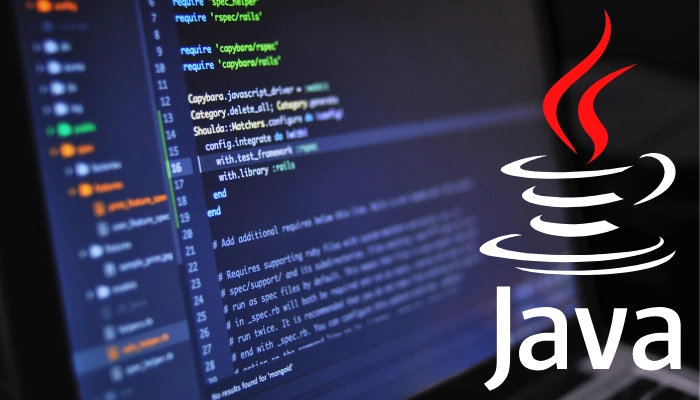
Example: Bank of America uses Java software development for its core banking systems and enterprise-grade backend services, leveraging Java’s stability and performance to support high-volume transactions with regulatory compliance.
Pros & Cons of Java
Pros:
- High performance and strong concurrency support: Java is compiled into bytecode and runs on the JVM, enabling faster execution and robust multithreading for enterprise systems.
- Mature ecosystem and enterprise tooling: Java benefits from frameworks like Spring Boot, Hibernate, and a long history of large-scale deployment in banking, finance, and Android.
- Platform independence (“Write Once, Run Anywhere”): Java’s design allows code to execute across different platforms with minimal changes, which fosters large-scale reuse and maintainability.
- Strong maintainability and long-term viability: Java’s static typing and strict structure often lead to more robust codebases and clearer refactoring for large teams and long-lived software.
- Suitable for enterprise and regulated industries: Java’s architecture, governance, and stability make it a preferred choice for mission-critical systems and regulated domains.
Cons:
- Verbose syntax and steeper learning curve: Java requires more boilerplate code and stricter structure, which can slow initial development and ramp-up.
- Slower initial development speed: Because of its structure and compilation steps, Java may deliver working results more slowly compared to more flexible languages like Python.
- Less ideal for rapid prototyping or pivoting: In environments where requirements change often or speed is critical, Java’s rigidity can hinder quick adaptation.
>>>Read more: Top 10 Java Applications In Real World
Python vs Java Comparison: Key Differences
Because the Java vs Python question spans many dimensions, the following comparisons examine concrete factors to determine which language fits enterprise requirements best.
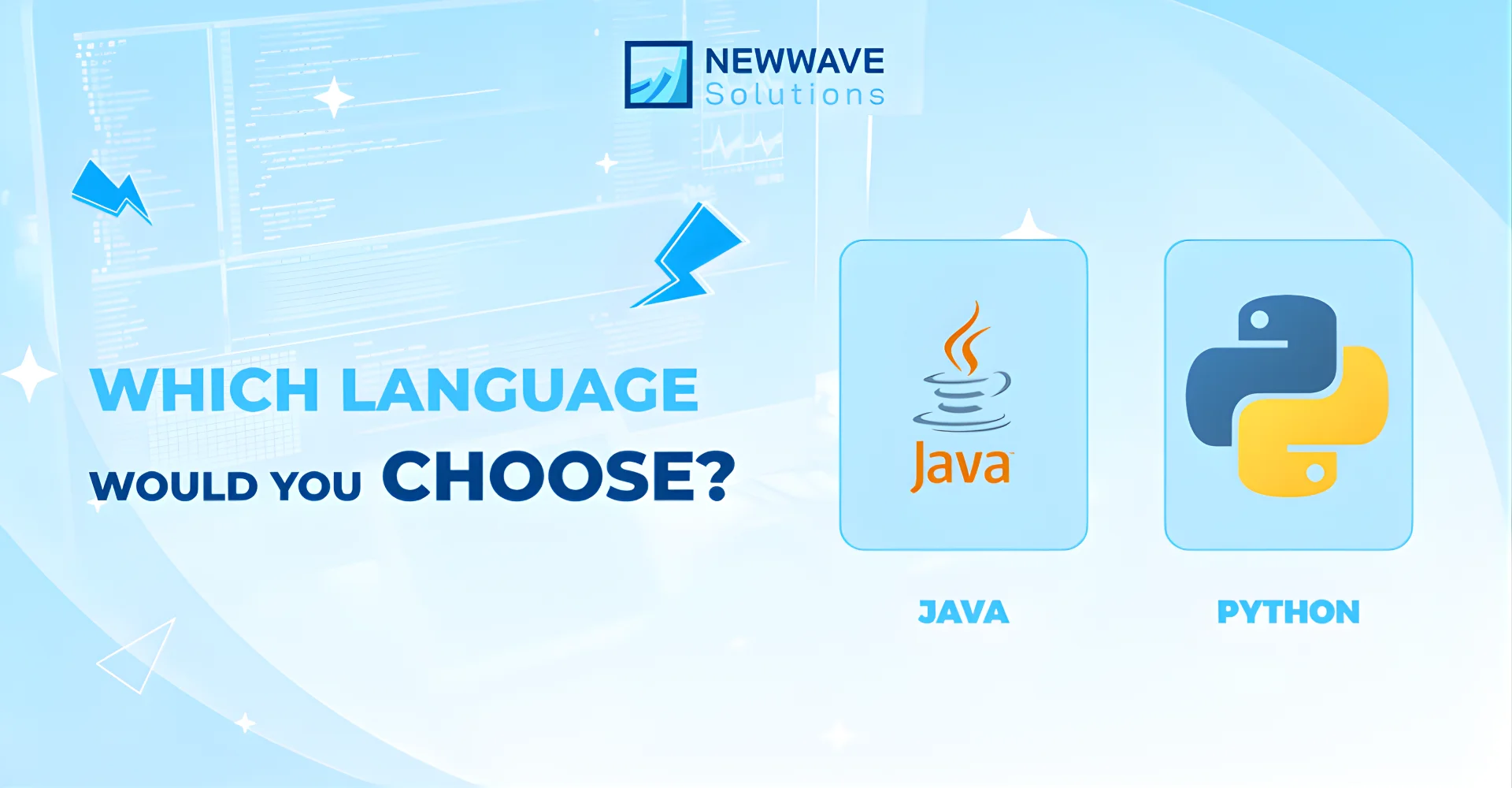
1. Syntax & Learning Curve
Python features a concise syntax and fewer boilerplate requirements, which allows developers to write readable code quickly and lowers the barrier to entry. In contrast, Java forces static typing, verbose structure, and explicit declarations, which adds time but improves strictness and structure.
Verdict: For rapid innovation or prototyping, Python holds the edge; for long-term maintainable systems with large teams, Java may be preferable.
2. Performance & Scalability
Java compiles to bytecode, offers strong concurrency support, and tends to perform better in CPU-intensive or high-throughput enterprise workloads. Python, being interpreted and dynamically typed, often shows slower raw performance but supports fast delivery and flexibility through rich libraries.
Verdict: For high-scale, performance-critical applications, Java wins; for flexibility and speed to market, Python is more suitable.
3. Ecosystem & Use-Cases
Python boasts a dominant presence in AI/ML, data analytics, automation, and web frameworks like Django and Flask, making it ideal for modern data-driven products. Java maintains a robust ecosystem for enterprise applications, microservices (Spring Boot), Android mobile apps, and large-scale backend systems.
Verdict: Choose Python when your focus is data, rapid evolution, or scripting; choose Java when your focus is enterprise architecture, legacy integration, or mobile (Android).

4. Talent & Maintainability
Python’s readability and simpler syntax support faster onboarding for new developers, which can benefit outsourcing teams working across locations. Java’s stricter structure and mature tooling enable extensive maintainability, large-team coordination, and longevity of codebases in enterprise contexts.
Verdict: If your team or partner prioritises fast ramp-up and agility, Python is a strong choice; if your roadmap emphasises long-term stability and large-scale maintainable systems, Java is the safer bet.
5. Community & Library Support
Python has a vibrant open-source community with powerful libraries for AI/ML (TensorFlow, Pandas), automation, and scripting, which accelerates innovation. Java enjoys a highly mature ecosystem, enterprise-grade frameworks (Spring, Hibernate), and strong vendor support, which brings reliability and governance to large projects.
Verdict: For cutting-edge innovation and rapid development, Python takes the lead; for enterprise governance, rich toolsets and proven patterns, Java has the advantage.
6. Deployment & Platform Support
Java “Write Once, Run Anywhere” paradigm and JVM ecosystem make it ideal for cross-platform enterprise systems and Android mobile applications. Python supports many platforms and excels in scripting, automation, and data pipelines, but may require more tooling for mobile or high-concurrency production systems.
Verdict: For universal enterprise deployment and mobile-heavy ecosystems, Java is more robust; for flexible, multi-purpose backend or data-driven systems, Python works well.
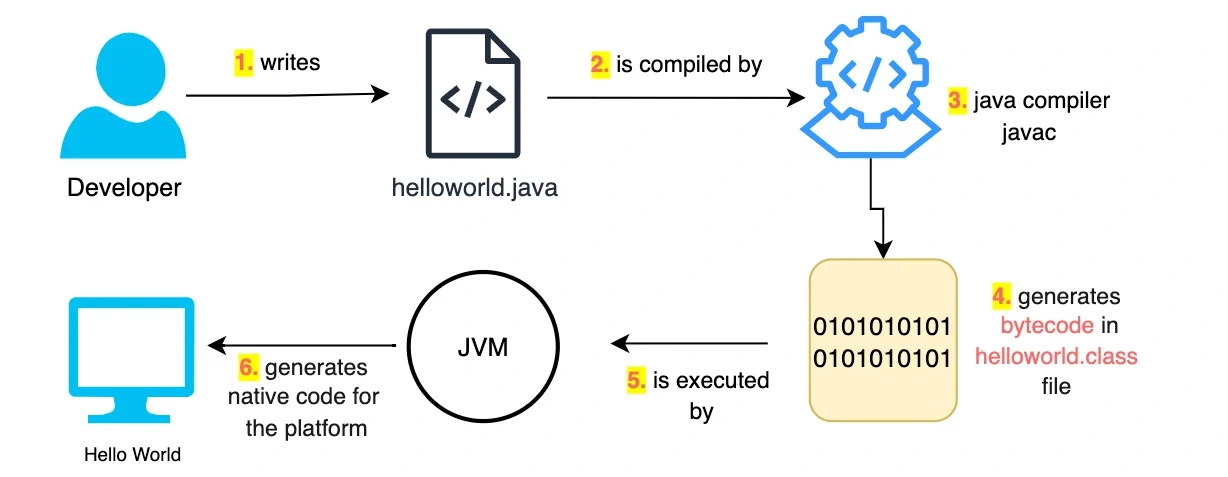
7. Future Viability & Adaptability
While Java remains entrenched in enterprise applications and large organisations, Python has surged in popularity thanks to AI/ML, automation, and developer productivity. Considering “Java vs Python which is better for future?”, both languages remain relevant—Python for innovation, Java for backbone systems.
Verdict: If your enterprise prioritises future-oriented data-driven products, lean Python; if you prioritise long-term enterprise systems, choose Java.
Python vs Java: When to Use What?
To help you visualise when an outsourcing partner or enterprise should pick one language over the other, below are best-practice scenarios.
When to Use Python
- Rapid MVP development: Enterprises looking to deliver a minimum viable product quickly benefit from Python’s expressive syntax and rich libraries.
- Data science & machine learning projects: Organisations focused on AI, analytics, or automation heavily favour Python for its ecosystem of ML libraries.
- Scripting, automation & backend tasks: For internal tools, prototypes, or frequent iteration, Python provides speed and flexibility.
- Startup or innovation-driven initiatives: Teams that want to pivot, experiment, and iterate quickly find Python’s flexibility valuable.
- Cross-platform integrations & APIs: Python’s ease of use supports building service-oriented APIs and integrating data-driven components rapidly.
When to Use Java
- Large-scale enterprise backend systems: Businesses needing high throughput, strict security, and robust architecture choose Java for its reliability.
- Android mobile development: Companies targeting native Android apps often rely on Java as the primary language.
- Long-term maintainability & large teams: Organisations with large engineering teams and long-life applications benefit from Java’s structure and tooling.
- Regulated industries (finance, banking, healthcare): When compliance, audit trails, and stability are non-negotiable, Java is often chosen.
- Microservices & cloud-native ecosystems in the enterprise context: Java frameworks like Spring Boot serve large distributed systems with enterprise-grade governance.
How Newwave Solutions Helps in Choosing and Executing the Right Language Stack
After reviewing the basic information and comparing the two languages, your business likely knows which foundation better suits your needs. However, executing software development or applications on those foundations demands specific expertise, resources and experience—something many enterprises may lack. In these scenarios, outsourcing to a professional software development provider like Newwave Solutions becomes an optimal solution.
What Java/ Python development services do we provide?
At Newwave Solutions, we bring over 14 years of experience in technology and software development services. We specialize in architecture consulting, team augmentation, full-stack development using both Java and Python programming languages, as well as modernization and migration engagements. We assess your project goals, timeline, team composition, and ecosystem to recommend whether Python or Java is the better fit for your specific scenario. Explore the exact development services we can offer below:

Why choose our services?
We deliver tailored solutions in outsourcing, staff augmentation, and fixed-price engagement models that adapt to your business model. Our team of experienced engineers and domain specialists ensures best practices in both Java and Python, enabling high-quality, scalable applications for enterprises. We establish robust governance, transparent communication, and effective collaboration across global teams—ensuring your language stack decision leads to real business value.
Final thoughts
After this Python vs Java detailed comparison, we can acknowledge that both Java and Python are powerful and flexible programming languages with active users around the globe. If you are a new developer, Python software development may be a good choice; however, you should not neglect Java when developing apps for Android phones.
Yet, the choice of the language still depends upon the type of application a programmer wants to create. Java and Python both have their strengths and weaknesses, so it depends on how you want to use them. Carefully analyze your objectives and requirements to select a suitable language and go ahead with that language.
In case you can not decide, Newwave Solutions is always at your service. Just drop us a line here!
Contact Information:
- Head Office (Hanoi): 1F, 4F, 10F, Mitec Building, Cau Giay Ward, Hanoi City, Vietnam Branch Office (Tokyo): 1chōme118 Yushima, Bunkyo City, Tokyo 1130034, Japan
- Hotline: +84 985310203
- Website: https://newwavesolution.com
- Email: [email protected]
To Quang Duy is the CEO of Newwave Solutions, a leading Vietnamese software company. He is recognized as a standout technology consultant. Connect with him on LinkedIn and Twitter.

Read More Guides
Get stories in your inbox twice a month.
Let’s Connect
Let us know what you need, and out professionals will collaborate with you to find a solution that enables growth.
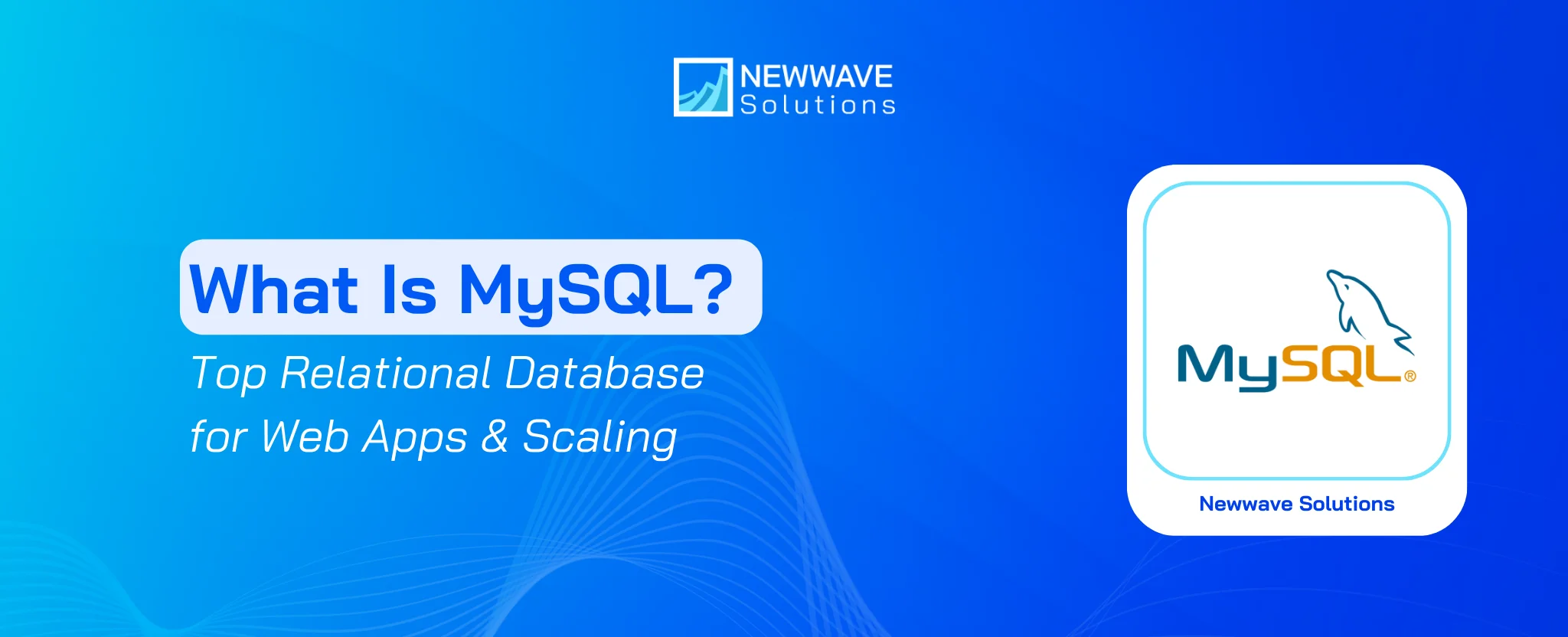

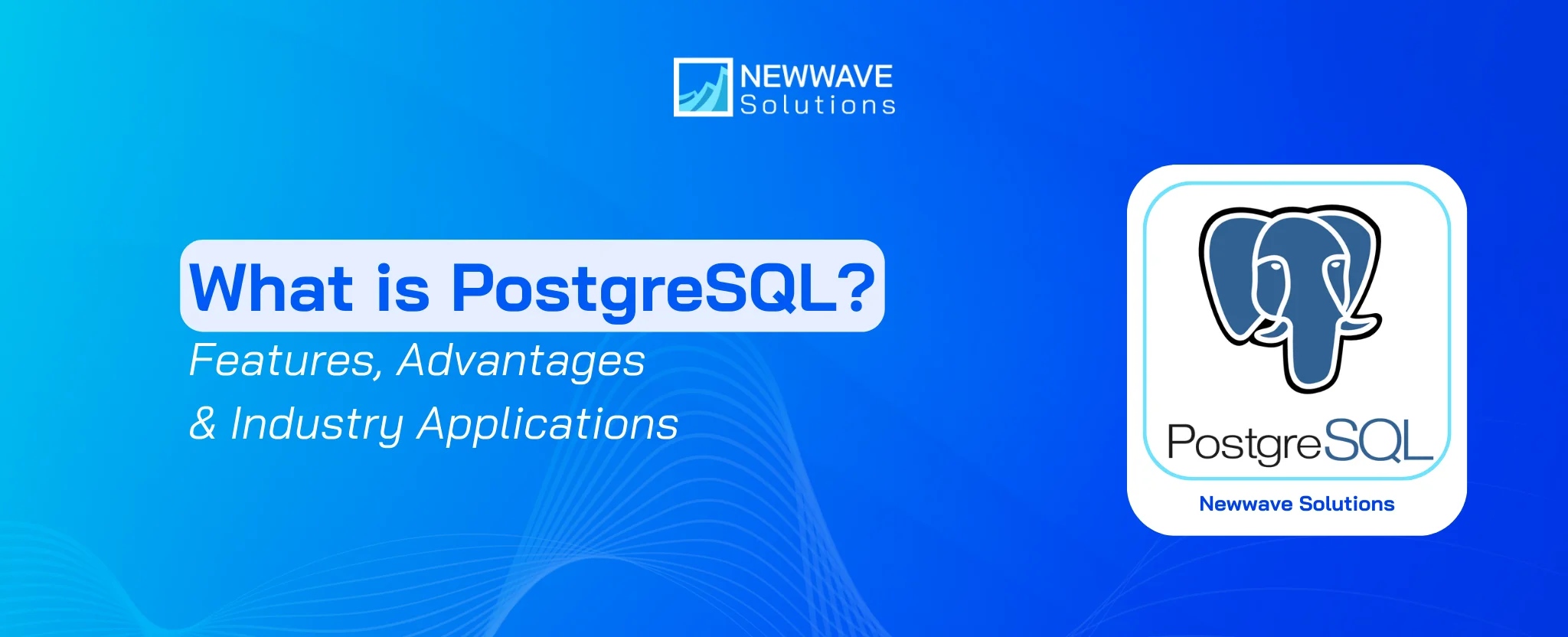

Leave a Reply